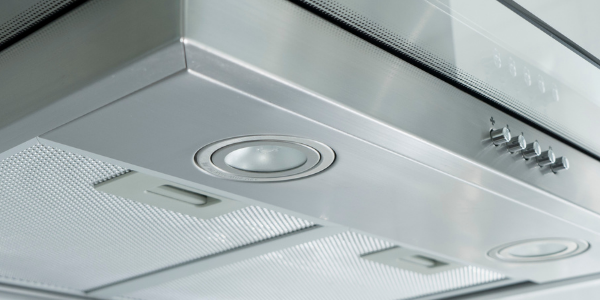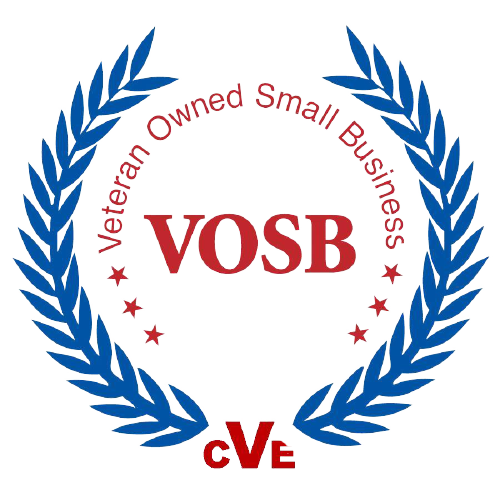
What is it?
Laser diode lighting is among several next-generation lighting technologies that have emerged as a potential successor to LED lighting. It uses laser technology to provide light, as opposed to using diodes (LED), gas (fluorescent), or a wire filament (incandescent). It produces a very bright and concentrated form of light.
How does it work?
Under current laser technology, blue and violet colored lasers are the easiest to produce. The lasers are filtered through a phosphor layer to create common white or softer yellow lighting. The lasers are initially very focused, and there are several methods being developed to diffuse the lighting so it can be used in more common applications.
What are the most appropriate applications?
Laser diode lighting is most appropriately used where focused, bright lighting is required. Examples include projectors, spotlights, and car headlights. Some high-end supercars already use laser diode headlights. Commercial products are currently under development for more widespread use.
What are the savings?
Since laser lighting is early in the development stages, it has an efficacy (lumens per watt) about 30-40% less than LED in most applications. However, this is expected to improve, and the non-energy benefits provide other advantages over LED lighting.
What are the non-energy benefits?
Headlights using laser diode technology can reach over two times further than LED headlights and over 6 times further than incandescent headlights. Laser diodes also have a much higher lighting density than other types of lighting, meaning it can be used in small spaces. Eventually, laser lighting may be able to use fiber optics to be “piped in” to remote areas, making it desirable for hazardous areas where heat or electricity cause issues.
What is the cost?
Currently, costs for this technology are significantly higher than comparable LED technology. The headlight modules used in some supercars are several thousand dollars, for example. Costs are expected to drop once products become commercially available and manufacturing processes are streamlined.
What is the status/availability of the technology?
This technology is early in the development stages and is not readily available yet for widespread commercial use. Some industry experts expect the first round of commercial laser diode products to hit the market in late 2019.




